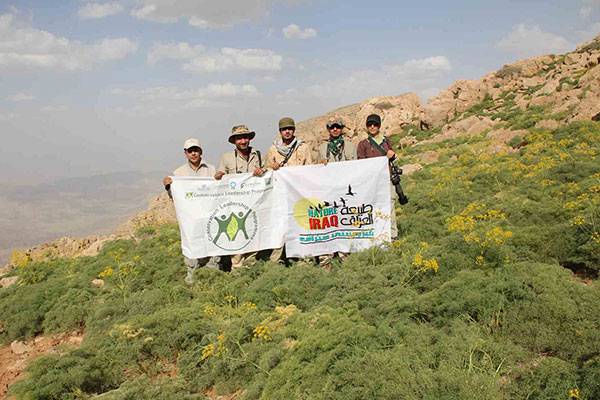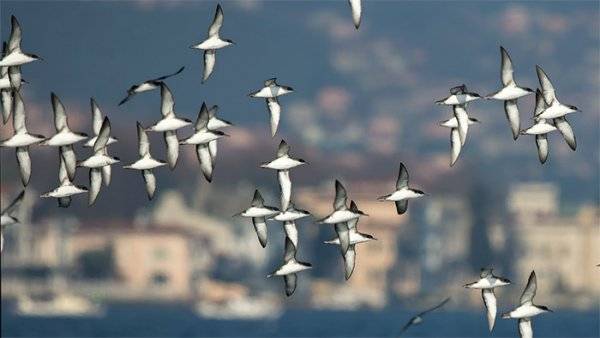Guest blog by Szabolcs Nagy
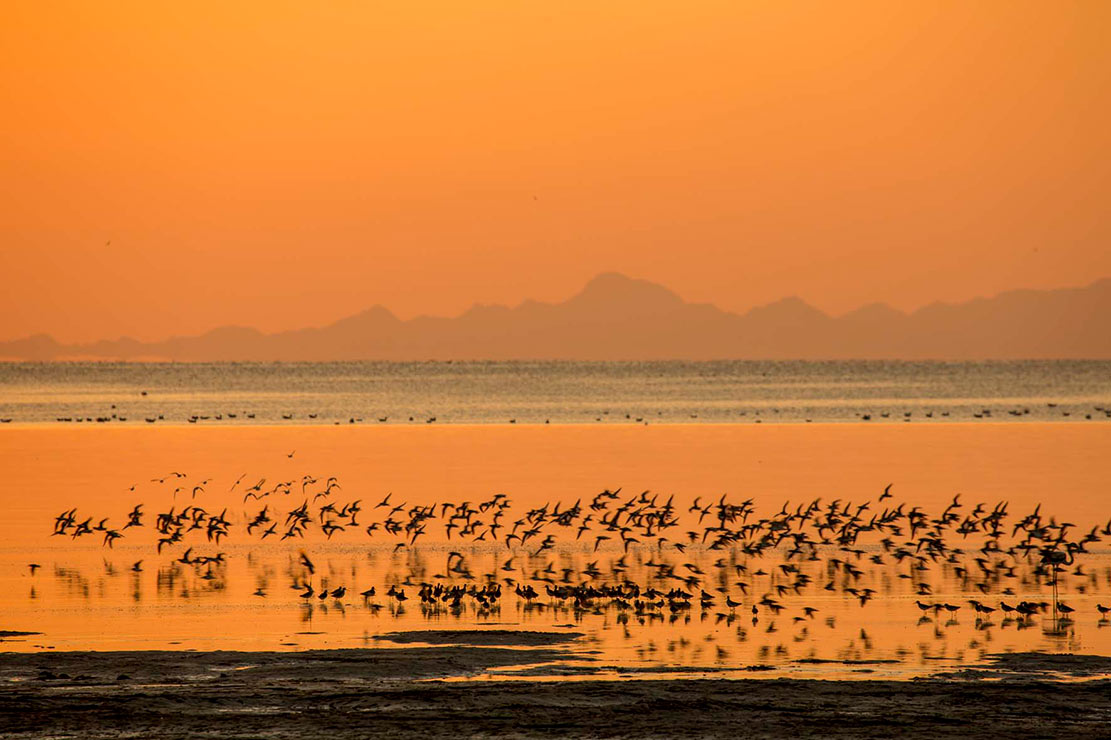
Although the OSME region is dominated by deserts and dry land, the Eastern Mediterranean, the Black and Caspian Sea, the Gulf, the Arabian and the Red Sea and the inland wetlands are also very important wintering and staging areas for migratory waterbirds. Unfortunately, we know dangerously little about the status of these populations considering the pressures they face from hunting and habitat destruction.
The International Waterbird Census is one of the largest biodiversity monitoring schemes in the World. It has started in 1967 and currently operates in 143 countries. It is coordinated by Wetlands International and its partner organisations. It supports the conservation and sustainable use of migratory waterbirds populations by estimating their size and trends, identifying, and monitoring the status of key wetlands. The results of the IWC feed into site management decisions and into population management decisions (such as Red List assessment, species protection, hunting regulations).
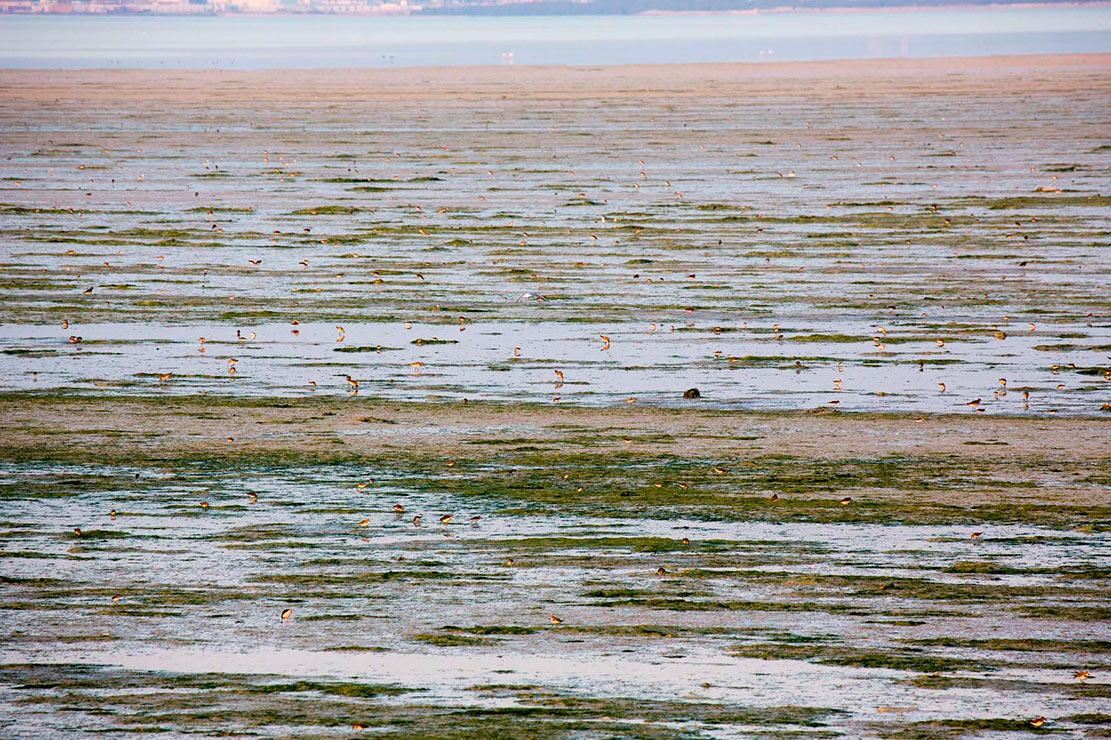
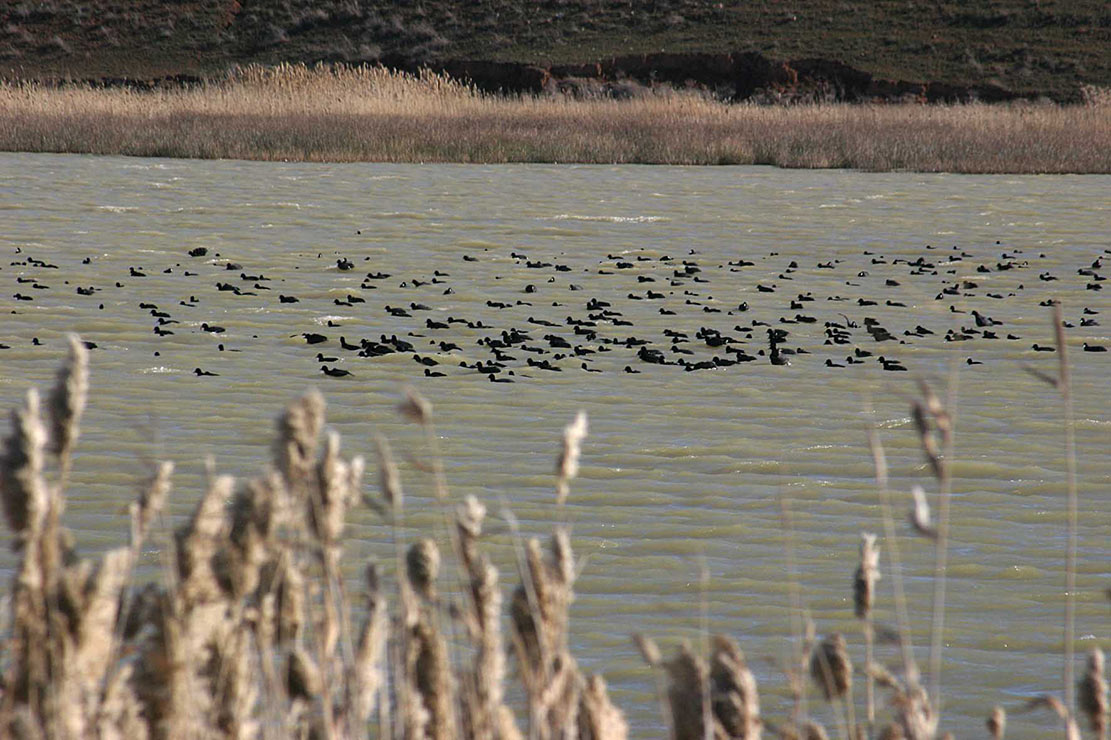
It represents one of the main sources of data to establish 1% thresholds in the context of the application of Criterion 6 to identify Wetlands of International Importance under the Ramsar Convention. The population size and trend estimates derived from the IWC data are also used by flyway initiatives such as the Agreement on the Conservation of African-Eurasian Migratory Waterbirds (AEWA), where the listing of various populations in Table 1 of the Agreement is updated at every Meeting of the AEWA Parties. This listing then determines whether a population should be strictly protected or hunting and other use of the species can be allowed.
The IWC is organised through five separate regional schemes: the Africa-Eurasia (AEWC), the Asia-Pacific (AWC), the Caribbean (CWC), the Neotropics (CNAA) and Central America (CCAA). The AEWC covers Africa, Europe and Central and Southwest Asia (the OSME region). The AEWC is the largest regional IWC scheme and covers 112 countries. Each country has its own national scheme with its own national coordinator and observer network. Observers are usually volunteers from the general public but can include staff of protected areas, NGOs and researchers. The national coordinators are responsible for organising the counts in the country, data collection, training of observers and reporting at the national level.
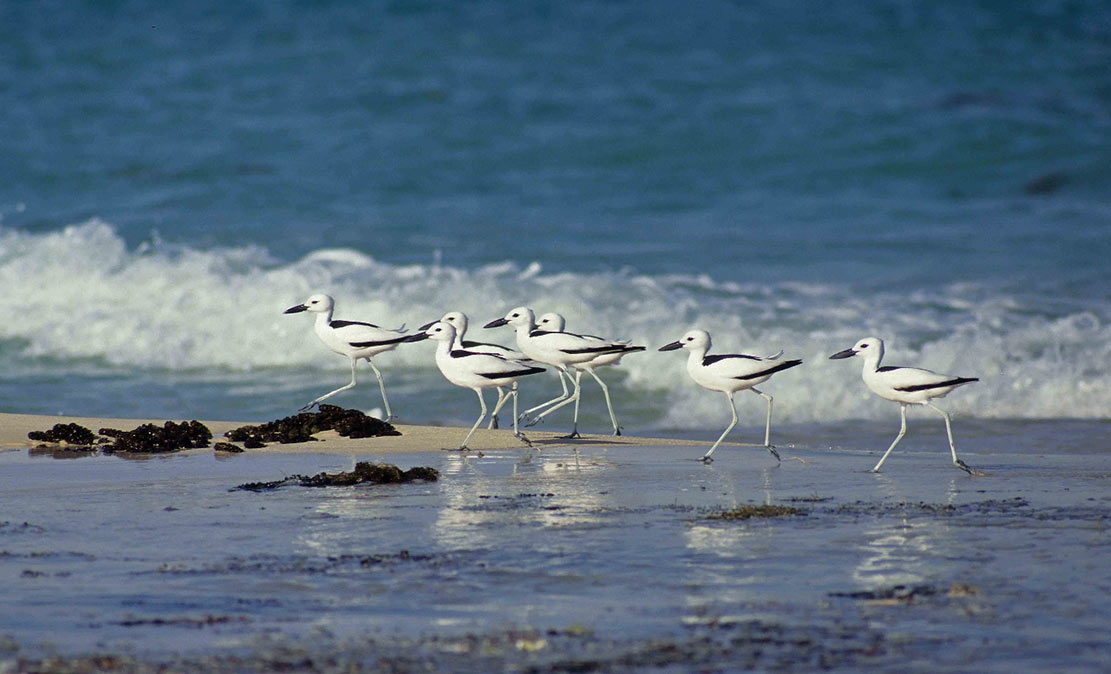
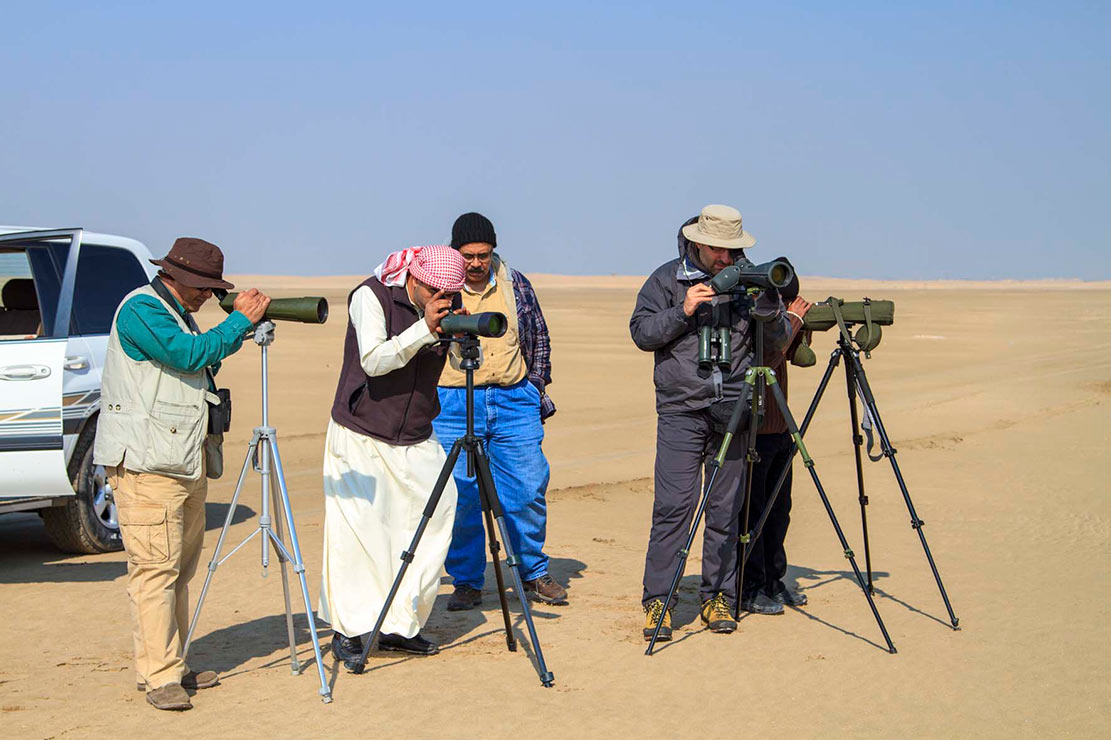
The core AEWC counts take place once a year, in general, on the weekends closest to the 15th of January when waterbirds breeding at huge and otherwise inaccessible areas of Russia gather at more accessible wintering areas. The next international count will take place on 15-16 of January 2022. In the case of coastal areas, it is advised to conduct the count at the closest date with suitable high tide to standardise the counting conditions. Many countries also organise additional counts to better understand the importance of key sites throughout the wintering and passage seasons.
The counts follow a simple look-and-see methodology covering selected wetland sites (or sections of such sites) and involve counting all waterbirds present on the site. To obtain reliable population size and trend estimates, it is very important to cover the same count areas every year and to use the same methods. More detailed guidance is available in English and Arabic on the website of Wetlands International or from the national IWC coordinators.
Unfortunately, in the OSME region, existing observer networks are still rather small and in some countries even non-existent. Therefore, anybody interested to contribute to the conservation and sustainable use of waterbirds in the OSME region is encouraged to get in touch with the national coordinator of his or her country. In case, the national coordinator position is vacant, please contact Szabolcs Nagy or Tom Langendoen.
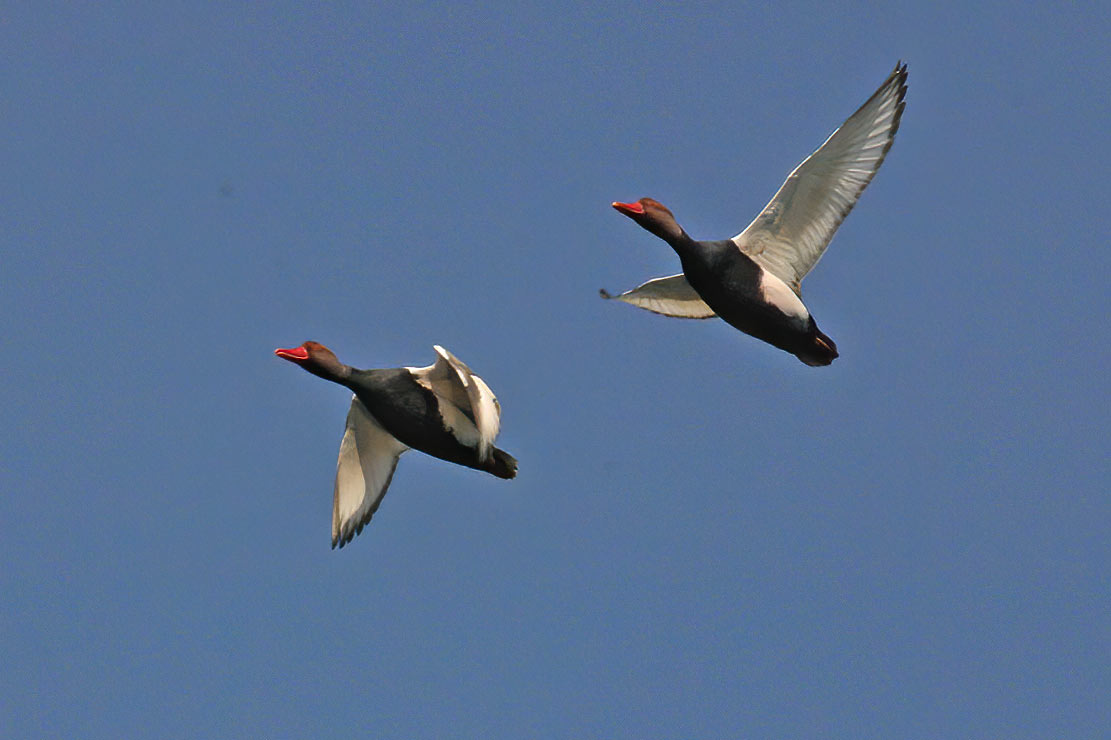

Szabolcs Nagy coordinates the African-Eurasian Waterbird Census at Wetlands International. He started participating in the IWC counts when he was 15, covering three fishpond systems in a 30 km radius of his hometown in Hungary. Following his studies, he has worked as a warden at the Hortobágy National Park, then as project manager and conservation director at MME/BirdLife Hungary. For the last two decades, he has lived in the Netherlands where he has worked as European Conservation Manager for BirdLife International and in various positions at Wetlands International and its European Association. During this time, he has worked closely with the BirdLife Partnership in the Caucasus and Central Asia and participated in waterbird surveys in Saudi Arabia and Oman.

